Hungryfeed test page plus tablepress.
Sanguila also stresses the importance of conserving what is left of Mindanao’s forests, especially now that we know what a special place it is. Although much of the original forest cover in the lowlands have been lost, she believes it is critical to establish new protected areas to halt the environmentally destructive harvest of natural resources, to promote societal environmental awareness, and to allow habitats to regenerate over several decades.
Siler hopes this paper is only the beginning of a bright future for biodiversity research in the area. He plans to continue working with the University of Kansas, graduate students from the program – many of whom have started their own programs in the United States – as well as their Philippine collaborators.
| Myanmar Army: The national armed forces, known as the Tatmadaw. |
|---|
| Nationwide Ceasefire Agreement (NCA): A multilateral agreement that calls for political dialogue between the Myanmar army and the country’s ethnic armed organizations. Signed on Oct. 15, 2015 by the Tatmadaw and eight armed groups. |
| Border Guard Forces (BGFs): Created by the Tatmadaw in 2009 and 2010. They were formed by integrating Tatmadaw soldiers with those from units originally with either ethnic armed organizations or militia groups. The BGFs have served as proxy forces for the Tatmadaw to exercise influence in areas not under their direct control. |
| Karen National Union (KNU): Formed in the late 1947, the KNU is Myanmar’s oldest ethnic armed opposition group. The KNU initially called for independence, but since 1976 has instead been seeking a federal system. Signed a bilateral ceasefire with the government in 2012 and is part of the NCA. |
| Karen National Liberation Army (KNLA): Formal armed wing of the KNU. It was founded in 1949. |
“When you do survey work on Mindanao, two main issues need to be addressed; security-related and local (within site) politics,” Sanguila said. Culturally, Mindanao is incredibly complex and diverse. The island is home to some two dozen ethnolinguistic groups speaking roughly 70 languages, who often have conflicting interests over how to use the island’s rich agricultural and natural resources. Proper precautions had to be taken before researchers could go into the field, including meeting with local authorities, tribal leaders, hunters, police and military for advice.
All that hard work is now paying off. “Having [Sanguila] down there and being one of the more active biodiversity researchers in the southern Philippines is a fantastic position to develop new conservation initiatives and awareness about biodiversity,” Siler said. In 2013, Sanguila came to the University of Oklahoma on a Fulbright scholarship to study genetic sampling techniques as well as the ins and outs of building and caring for a natural history collection. It was there, in collaboration with Siler, that the ambitious project to survey the reptiles and amphibians of Mindanao was born.
Another major goal of the research was to update outdated IUCN conservation status assessments by sorting out unresolved taxonomic questions. That work, the researchers say, has just begun. Many more long-term species surveys are needed to truly understand the diversity and conservation status of the reptiles and amphibians of Mindanao. That will require using modern genetic sampling techniques as well as input from more traditional taxonomists who perform the detailed work of teasing apart species relationships. According to Sanguila, 20 percent of the species recorded require “immediate systematic revisions” before informed decisions can be made regarding their conservation status.
- A single gang of poachers may have killed 10% of Javan rhinos since 2019by Isabel Esterman on April 26, 2024 at 4:56 am
It was news that rhino conservationists had long feared. Indonesian media are reporting that a poaching ring allegedly killed seven Javan rhinos (Rhinoceros sondaicus), and possibly more, from 2019-2023, potentially wiping out 10% of the entire global population of the critically endangered species. Ardi Andono, the head of the government agency that runs Ujung Kulon
- Women weave a culture of resistance and agroecology in Ecuador’s Intag Valleyby Lizkimbrough on April 25, 2024 at 3:09 pm
INTAG VALLEY, Ecuador — In Ecuador’s lush tropical Andes, Silvia Vetancourt multitasks, her hands maneuvering crochet needles with swift precision as she navigates the rocky path to the old town of Plaza Gutierrez. “We like this craft because it’s mobile,” she says, holding out a piece of a small coin purse she’s been working on
- Latest Peruvian oil spill cuts Indigenous communities from life-giving riverby Alexandrapopescu on April 25, 2024 at 2:42 pm
As dawn began to break in the Peruvian Amazon on March 5, an oil slick spread across the Puinahua River in the district of the same name, engulfing clumps of palms and reeds in a thick, black layer as it streamed down the current. The sight of the spill prompted a desperate rush among the
- EU law to reduce deforestation is on a knife’s edge, will leaders act? (commentary)by Erik Hoffner on April 25, 2024 at 2:41 pm
We are now in a make-or break-moment for the landmark law to halt imported global deforestation into the European Union. Global forest defenders watch with bated breath as in the next few days, the President of the European Commission Ursula von der Leyen will either decide to support the EU Deforestation Regulation (EUDR), or to
- Navigating the rise in conflicts between humans and fishing cats in Bangladeshby Abusiddique on April 25, 2024 at 1:18 pm
In a quiet village called Charghikamala in Rajbari district, a sad story unfolded one night. Helal, a villager, heard his goat crying out in fear. When he went to check, he found a beautiful creature lying still under the moonlight — a fishing cat, with fur like twilight and eyes shining like emeralds. Helal says
- IKEA blamed for Romanian forest destructionby Alexshaw on April 25, 2024 at 1:09 pm
IKEA is under scrutiny over its wood sourcing practices after two reports linked the furniture giant to destructive logging in some of Europe’s last ancient forests. The recent investigations, conducted separately by Greenpeace and fellow environmental groups Agent Green and the Bruno Manser Fonds (BMF), focus on IKEA’s procurement of wood from ecologically sensitive areas
- Outdated infrastructure and oil spills: the cases of Colombia, Peru and Ecuadorby Mayra on April 25, 2024 at 10:56 am
All three legacy-oil pipelines in the Andean Amazon system are old. The Oleoducto Transandino Colombiano (OTC) has been operating for 53 years, followed by the Sistema de Oleoducto Transecuatoriano (SOTE) at 50 years and the Oleoducto Norperuano (ONP) at 45 years. Pipeline technology has changed dramatically since their construction, with improvements in steel alloys, welding
- Human rights allegations prompt World Bank to freeze project’s funds in Tanzaniaby Terna Gyuse on April 25, 2024 at 10:14 am
The World Bank has suspended funding for a $150 million tourism project in southern Tanzania in response to allegations of forced evictions, killings and other violations of people’s rights in Ruaha National Park. “We have recently received information that suggests breaches of our policies in the implementation of the Regrow project,” a World Bank spokesperson
- Liberia puts a wartime logger in charge of its forestsby Terna Gyuse on April 25, 2024 at 9:15 am
The appointment of a logging executive with ties to former president and war criminal Charles Taylor has drawn fierce criticism by local environmental groups.
- Indigenous community fights to save its lands on Indonesia’s historic tin islandby Philip Jacobson on April 25, 2024 at 4:40 am
BELITUNG ISLAND, Indonesia — Nasidi paddled gently past a row of the eponymous rasau trees that line the riverbanks here in Tebet Rasau village, where a decade ago people would wade into the Lenggang River to catch silverfish. But life along the river here in the hills of Belitung Island, he said, is not as
- U.S. East Coast adopts ‘living shorelines’ approach to keep rising seas at bayby Erik Hoffner on April 24, 2024 at 4:32 pm
BLUE HILL, Maine — January brought a pair of rough storms to the northeastern U.S. They hit when the tides were high and pushed higher than normal by rising sea levels, setting numerous high-water records and prompting Maine Governor Janet Mills to request a federal disaster declaration. These events, just three days apart, built on
- Deforestation haunts top Peruvian reserve and its Indigenous communitiesby Alexandrapopescu on April 24, 2024 at 4:01 pm
A recent report has revealed a spike in deforestation in the buffer zone of one of the world’s best-protected areas, Peru’s Amarakaeri Communal Reserve. Between 2001 and 2023, 19,978 hectares (49,367 acres) of forest were lost in the buffer zone of the reserve, which is home to the ancestral lands of the Indigenous Harakbut, Yine
- Global study maps most detailed tree of life yet for flowering plantsby Lizkimbrough on April 24, 2024 at 3:34 pm
After the first flower bloomed on the Earth, flowering plants evolved a staggering diversity and now make up about 90% of all plant life. Charles Darwin called this rapid domination an “abominable mystery.” A study published today, April 24, in the journal Nature and led by the Royal Botanic Gardens, Kew, unveiled the most comprehensive
- Tribes turn to the U.N. as major wind project plans to cut through their lands in the U.S.by Latoya Abulu on April 24, 2024 at 3:26 pm
Last week, a United States federal judge rejected a request from Indigenous nations to stop SunZia, a $10 billion dollar wind transmission project that would cut through traditional tribal lands in southwestern Arizona. Amy Juan is a member of the Tohono O’odham nation at the Arizona-Mexico border and brought the news of the federal court’s
- All aboard Tren Maya: Here’s what we found riding Mexico’s controversial railwayby Alexandrapopescu on April 24, 2024 at 2:00 pm
CANCÚN, Mexico — The Mexican government finally opened its huge, controversial train project last December, connecting Cancún and Tulum with the rest of the Yucatán Peninsula. And yet, despite all the anticipation leading up to that moment, no one seems to know what’s going on with the train right now. Like, is it really open?
- Forest officer’s killing highlights Bangladesh authorities’ waning powerby Abusiddique on April 24, 2024 at 9:01 am
DHAKA — Police in Bangladesh have arrested one person and are looking for nine others suspected of killing a forest officer after he caught them illegally excavating soil in a protected area of the country’s southern Cox’s Bazar district. The incident highlights what experts say is a worrying trend of law enforcement failing to keep
- Afro-Brazilian communities fight a rain of pesticides & the company behind itby Xavier Bartaburu on April 24, 2024 at 12:16 am
CONCEIÇÃO DA BARRA, Espírito Santo — Beatriz Cassiano was working in her vegetable garden when she suddenly heard her grandson yelling, “Grandma, get out of there, get out, come in the house! The plane!” In an interview with Mongabay, Cassiano recalls being caught off guard by an airplane dropping pesticides as it flew over the
- Consent and costs are key questions on extraction of ‘energy transition’ mineralsby Erik Hoffner on April 23, 2024 at 10:41 pm
Minerals and metals used in technologies enabling much of the global energy transition and their applications are relatively new and require thought and reporting that probes questions related to their need, the growing social, human and environmental impacts mining for these minerals have, and the geopolitical tensions they may exacerbate. To learn more, Mongabay speaks
- Warming seas push India’s fishers into distant, and more dangerous, watersby Jeremy Hance on April 23, 2024 at 4:55 pm
KANNIYAKUMARI, India — Anthoni Dhasan, 47, sits on the deck of his fishing boat at the harbor of Thengapattanam in Tamil Nadu, India’s southernmost state, peering out at the stormy Indian Ocean. It’s been a year since his last fishing expedition — the one that almost took his life. On Feb. 19, 2023, Dhasan and
- Ecuador’s first Indigenous guard led by Kichwa women: Interview with María José Andrade Cerdaby Latoya Abulu on April 23, 2024 at 4:03 pm
Yuturi ants are peaceful until their territory is threatened. This species, also known as the ‘conga ant,’ is considered a warrior in Amazonian Kichwa Indigenous culture, as these bugs don’t allow anyone to enter their home without permission — just like the women of Serena, an Indigenous community located on the banks of the Jatunyacu

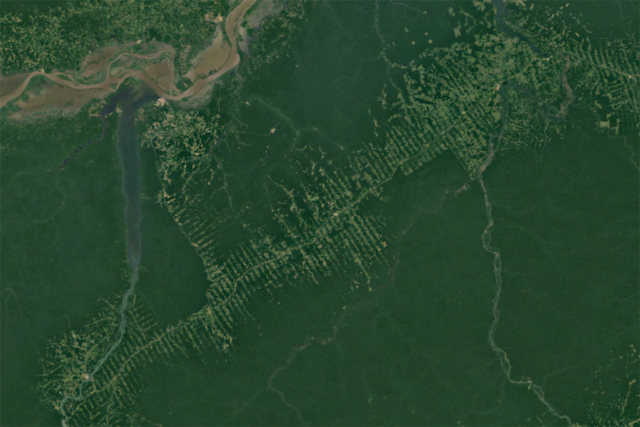
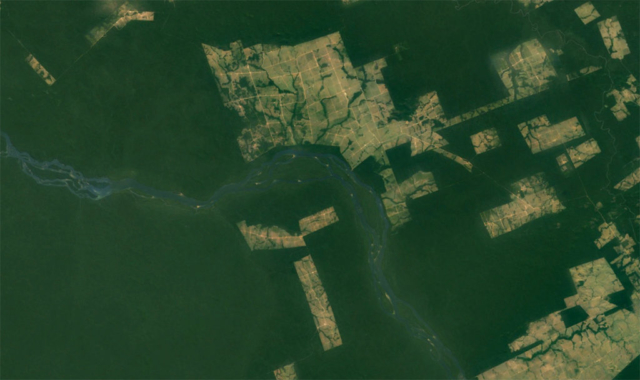
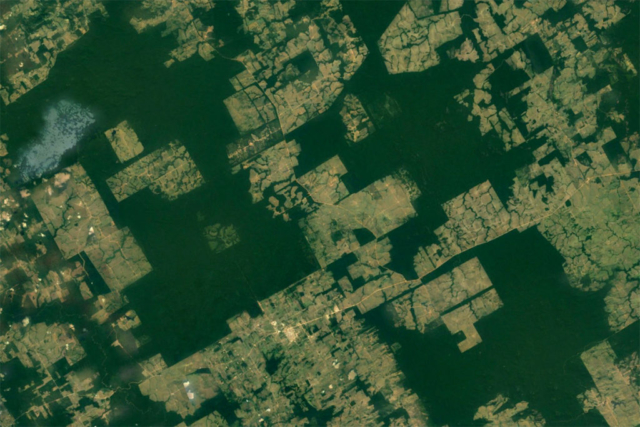
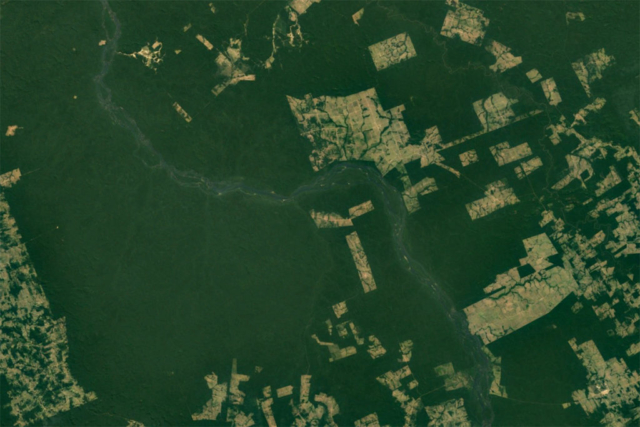
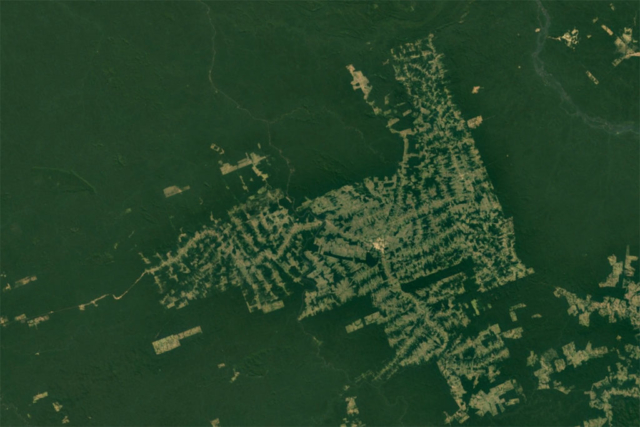
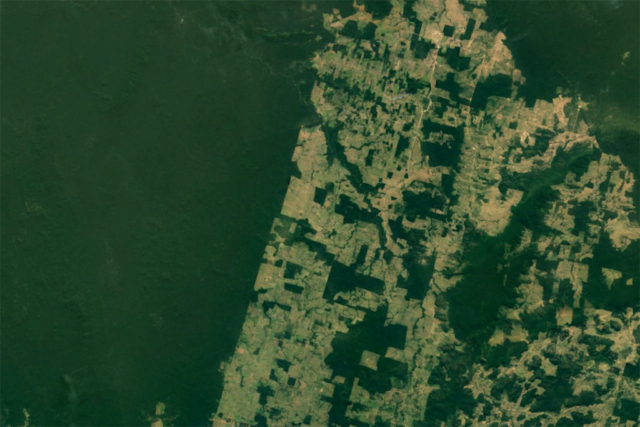

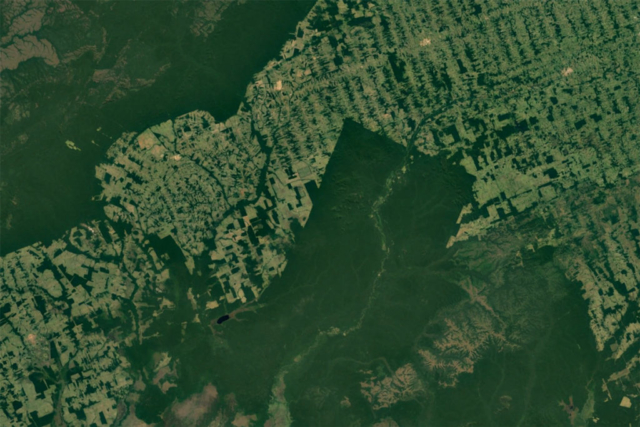
Recent Comments